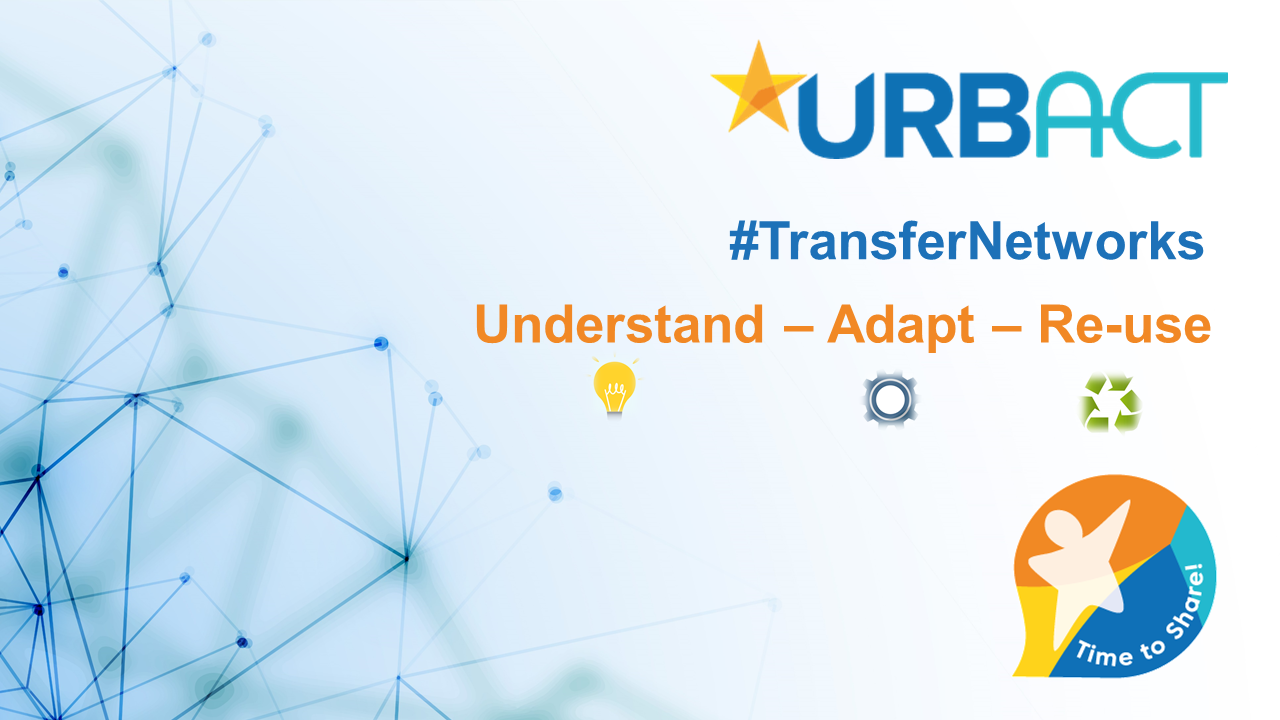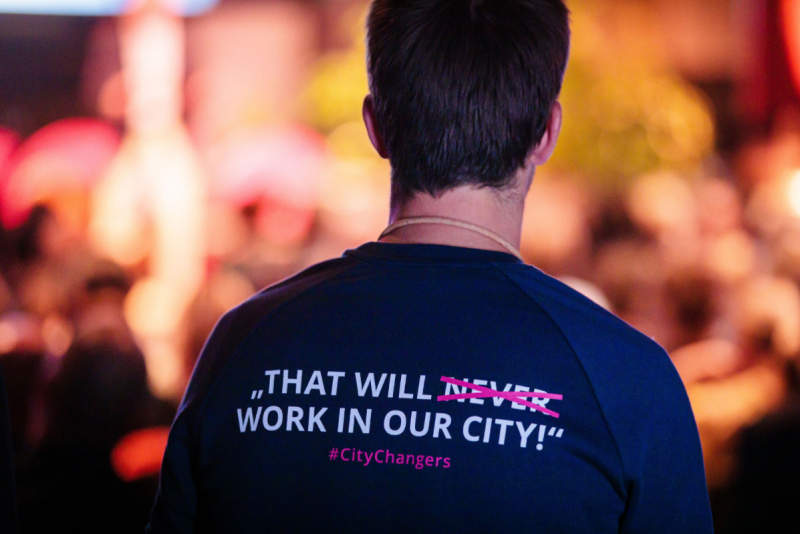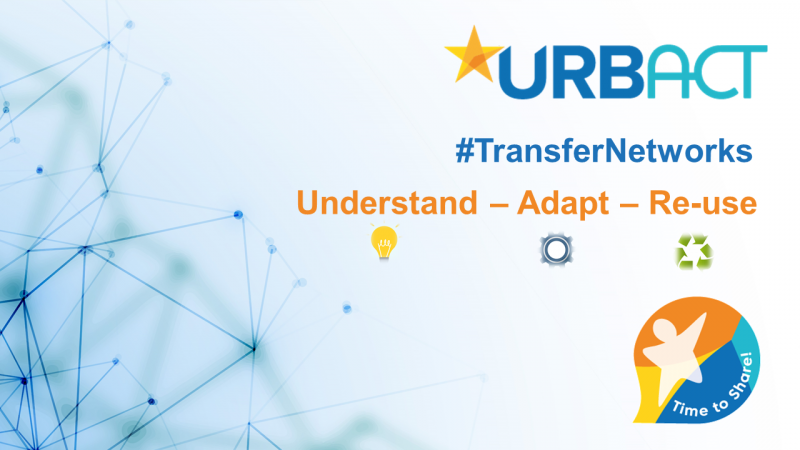
The transfer of good practice between cities works. Find out what URBACT has been learning about the keys to success.
Background
A study commissioned by URBACT and conducted by expert Matthew Baqueriza Jackson has provided key insights into the experiences of the first generation of 23 URBACT city networks specifically devoted to exploring the transfer of good practices between cities in Europe (Transfer Networks).
The findings of this study provide a number of signposts and guidelines that can help overcome fears or mindsets that tell us “that will never work in our city”. Rather, they highlight ways of working that can make the process of transfer more meaningful, realistic and, ultimately, successful.

Photo courtesy of the Urban Future Global Conference 2019, © Geir Anders Rybakken Ørslien
Key approaches to make transfer work
The study’s conclusions include a number of recommendations which are mainly aimed at URBACT itself as a programme and how it can continue to support work on the topic of transfer in the future – based on the success of this first generation of Transfer Networks and simplifying some of the requirements for participating cities.
However, in this article, we are most interested in the key messages, lessons and principles that all cities should keep in mind when thinking about transferring an urban good practice. This first generation of URBACT networks has demonstrated a number of relevant tools, techniques and methods:
- An effective logic for stimulating transfer is “Understand – Adapt – Re-use”. It is essential to take the time at the start of any transfer process to really understand the good practice and its constituent parts before attempting to adapt it “in a way that is relevant to [the] local contexts and cultures”.
- Breaking down a good practice into ‘modules’ that can be discussed and explored separately is a key success factor for the process of understanding the practice and identifying which aspects can appropriately be transferred to any new city.
- The bottom-up approach that is so central to the broader URBACT method is also the recommended way of working for effective transfer. Successfully engaging local stakeholders in understanding the original good practice and how it can inspire change locally through an effective URBACT Local Group is a key success factor. Other local success factors include political will and the transferred practice fitting logically within the broader local strategy or vision.
- Transnational exchange and learning was beneficial not only in the bilateral relationship between good practice city and each individual ‘recipient’ city, but in the peer exchanges and reflections between all city partners within each network. Success factors for this transnational exchange within URBACT have included partner motivation, the lead partner-lead expert relationship and co-production of the working method by all city partners.
- Transfer is facilitated by simplicity. The successful Transfer Network applications were generally based on selected good practices that were not overly complicated. This particularly helped the process of ‘understanding’ the various aspects of the good practice in the new cities and how they could be appropriately adapted and re-used.
- Transfer can happen at different speeds. Some practices can be transferred relatively quickly – especially specific initiatives/activities such as a festival or pop-up shop. Good practices which are more about processes and adapted ways of working take longer to transfer.

Read the full report for more analysis and practical examples
The 40-page ‘Transfer Study Final Report’ contains a lot more analysis, information and findings at both the network and city levels, covering: a) which tools and techniques worked best; b) the success factors for transfer; c) the key potential barriers to transfer; and d) ‘things that would have been done differently’.
On that basis, the report provides a series of programme level findings and specific conclusions and recommendations, including recommendations for both the current and future URBACT programmes.
In annex to the report, the study also includes a number of interesting case studies which provide some real-world illustration of many of the key principles and recommendations set out in the report. This consists of six network case studies and 17 city case studies. Each 2-page summary follows the same structure:
- About the city or network and the reason it was selected;
- Tools and techniques used in transfer and which worked well and less well;
- Factors of success;
- Key barriers that have faced the city or network;
- What would the city or network do differently;
- Summary.

Building on the study – it’s time to share!
The study marks just one important output in the final six months of the life of the URBACT Transfer Networks in which it is now ‘time to share’ their experiences and lessons. As well as getting to know the findings of the study, look out for the full range of network and city outputs that are starting to be published on the URBACT website and take part in some of the URBACT events on transfer: whether on a particular theme, at national level or the upcoming URBACT City Festival, 15-17 June 2021.
The first half of 2021 is the Time to Share for the URBACT Transfer Networks!
We hope that the work of URBACT around good practice transfer will open the door to tremendous new energy and focus on how to make the most of European exchange and learning to turn good ideas in one location into progress in another. We encourage you to keep in touch and get involved!

